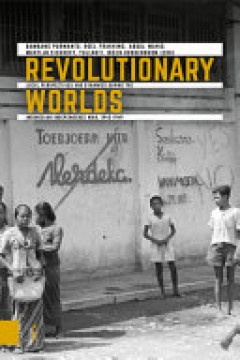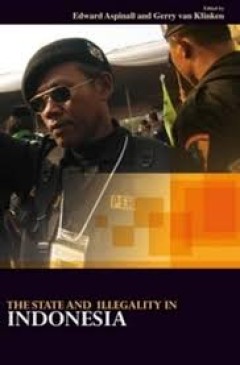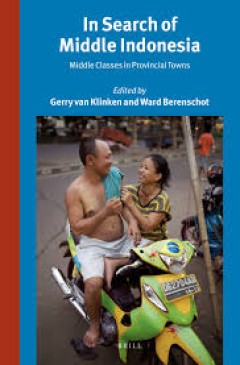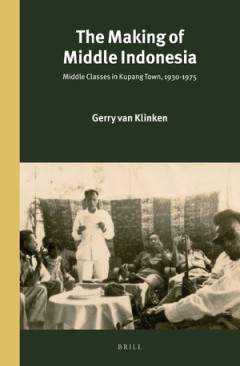Filter by

Revolutionary worlds. Local perspectives and dynamics of the Indonesian Indep…
Revolutionary Worlds looks at the Indonesian revolution (1945-1949) from a local and regional perspective. With seventeen contributions, Indonesian and Dutch researchers bring to life the revolutionary world from widely differing perspectives. The authors explain how Indonesian, Chinese, Indian and Eurasian civilians, fighters, farmers and officials experienced and shaped the often volatile per…
- Edition
- 1
- ISBN/ISSN
- 9789463727587
- Collation
- 538p
- Series Title
- Onafhankelijkheid, Dekolonisatie, Geweld en Oorlog in Indonesië 1945-1950,
- Call Number
- 950 REV b

Renegotiating Boundaries; local politics in post-Suharto Indonesia
For decades almost the only social scientists who visited Indonesia’s provinces were anthropologists. Anybody interested in politics or economics spent most of their time in Jakarta, where the action was. Our view of the world’s fourth largest country threatened to become simplistic, lacking that essential graininess. Then, in 1998, Indonesia was plunged into a crisis that could not be unde…
- Edition
- -
- ISBN/ISSN
- 9789004260436
- Collation
- -
- Series Title
- -
- Call Number
- -

The state and illegality in Indonesia
The popular 1998 reformasi movement that brought down President Suharto’s regime demanded an end to illegal practices by state officials, from human rights abuse to nepotistic investments. Yet today, such practices have proven more resistant to reform than people had hoped. Many have said corruption in Indonesia is “entrenched”. We argue it is precisely this entrenched character that requ…
- Edition
- -
- ISBN/ISSN
- 9789067183710
- Collation
- xii, 328p.: ill.
- Series Title
- -
- Call Number
- 364.132309598 ASP s

In Search of Middle Indonesia : middle classes in provincial towns
The middle classes of Indonesia’s provincial towns are not particularly rich yet nationally influential. This book examines them ethnographically. Rather than a market-friendly, liberal middle class, it finds a conservative petty bourgeoisie just out of poverty and skilled at politics. Please note that Sylvia Tidey's article (pp. 89-110) will only be available in the print edition of this book
- Edition
- -
- ISBN/ISSN
- 9789004263437
- Collation
- xiii, 239 p.; 22 cm.
- Series Title
- (Verhandelingen van het Koninklijk Instituut voor Taal-, Land en Volkenkunde, ISSN 1572-1892 ; volume 292) (Power and place in Southeast Asia ; volume 4)
- Call Number
- 305.5’509598 INS i

The making of middle Indonesia
What holds Indonesia together? In The Making of Middle Indonesia, Gerry van Klinken develops an innovative historical explanation that looks beyond national elites to middle classes in provincial towns.
- Edition
- -
- ISBN/ISSN
- 9789004265424
- Collation
- xvii, 300p.: ill.
- Series Title
- -
- Call Number
- 305.550959868 VAN t
 Computer Science, Information & General Works
Computer Science, Information & General Works  Philosophy & Psychology
Philosophy & Psychology  Religion
Religion  Social Sciences
Social Sciences  Language
Language  Pure Science
Pure Science  Applied Sciences
Applied Sciences  Art & Recreation
Art & Recreation  Literature
Literature  History & Geography
History & Geography